The spire of St. Joseph's visible ~2 blocks away on the right, 1922.
(Courtesy Duke Rare Book and Manuscript Collection. Scanned by Digital Durham)
In 1868 Edian Markham, an African Methodist Episcopal (AME) missionary and former slave, came into Durham and with five others established an AME church, purchasing property currently occupied by the present-day Hayti Heritage Center from Minerva Fowler. The first place of worship was a 'Brush Arbor' - four posts were anchored in the ground surrounded at the top with four boards covered with branches forming the roof and an earthen floor. As winter approached the small congregation replaced the original arbor with a log structure. This log structure seems to have served as the first school of any kind for African-Americans in Durham - the "Freedmen's School."
The church was originally called Union Bethel church, after the original AME church established in Philadelphia in 1787. Rev. Markham left Durham in 1870; within a short time, the log structure was replaced by a frame structure under the leadership of Rev. George Hunter, and that structure was replaced by another frame building by Rev. WD Cook.
In 1890, under the leadership of Rev. Andrew Chambers, a fund-raising campaign was begun. The African-American community gave generously to the church - most notably John Merrick. The fund-raising efforts also extended to the white community; both Washington Duke and Julian Carr made contributions to the construction of the church. Architect Samuel Leary was likely connected with the congregation and the commission by Washington Duke; Leary ostensibly came to Durham from Philadelphia to design and build structures for the Dukes, but designed several important structures during his brief Durham career. Leary, whose house still stands on Cleveland St., designed the original Washington Duke building at Duke (burned), the original Fire Station #1, the First (white) Graded School (later Morehead School), and the Foushee House (now Camelot Academy on Proctor St.) It has never been confirmed whether he designed any of the still-extant Italianate brick tobacco warehouses from the 1890s-1900s. There is some speculation that the collapse of the original tower of the Washington Duke Building doomed Leary's career; regardless, after furious work during the 1890s, Leary appears to have left Durham - I've come across no further record of any subsequent work.
The cornerstone for the St. Joseph's AME church, which bears Leary's name, was laid in 1891. The bricks for the building came from the Richard Fitzgerald brickyard. The historic inventory describes the structure as "a highly eclectic work, combining the dense massing of Richardsonian Romanesque with elements culled from Gothic Revival and, to a lesser extent, from the Neo-Classical movement."
W.E.B. Dubois stated, “never in all my travels have I seen a church as great as St. Joseph’s.”
An ornate pipe organ built by the W.H. Reisner Manufacturing Company, Inc., was purchased with donations by John O'Daniel, John Merrick, WG Pearson, James Weaver, Agnes Saterfield, and Rev. JE Jackson.
I've copied the following description of the interior from the Hayti Heritage Center website
"The pressed tin ceiling is painted a brilliant turquoise accented by gold on an off-white background. Large coffers formed by bands of reeding with plaited ribbon shape the squares. Identically trimmed diamond shapes fill each square and floral bosses decorate the intersections for the coffers. The margins are filled with guilloche molding intertwined with avillan crosses."
"Hanging dramatically over the center aisles is a two-tiered Art Nouveau chandelier. A buttercup shape encircles the stem of an opalescent glass light fixture. Falling in open quatrefoils form the base of each tier are pendant drops. High on the left wall are two very large electric fans that were installed by a Black electrician, E.N. Toole, during the 1930’s. The pews have scrolled arms above flat-paneled lancet arches. A second story wooden gallery supported by six slender columns begins on each side of the center aisle."
"Twenty-four stained glass windows enhance the beauty and dignity of this former sanctuary. Most are memorials to individuals who made outstanding financial contributions and/or gave dedicated service to St. Joseph’s Church."
"A window facing old Fayetteville Street at the front entrance keeps alive the memory of Edian Markham, the organizer. To the right, Moses Tablet memorializes Rev. George Hunter, the first builder of Union Bethel frame church. In the center facing old Fayetteville Street is the image of 'our friend' Washington Duke."
St. Joseph's AME interior, 1911.
(Courtesy Duke Rare Book and Manuscript Collection. Scanned by Digital Durham)
Atop the spire of the building is a vévé, a voodoo symbol of Erzulie, the lwa of love, representing the diasporic connection between the Hayti neighborhood and Haiti, the world's first black-led republic.
Below a drawing from "Milestones Along the Color Line" of a proposed annex in 1922 - the proportions of the original church are incorrect, which makes this drawing look somewhat strange.
(Courtesy Duke Rare Book and Manuscript Collection / Scanned by Digital Durham)
I don't have much detail regarding the congregation through the mid-20th century, however, the church, along with White Rock Baptist, was at the center of African-American spiritual life in Hayti.
Looking north from the 900 block of Fayetteville St., 1944.
(Courtesy Durham County Library / North Carolina Collection)
Bird's Eye view of St. Joseph's, looking northwest, 1940s.
(Courtesy The Herald-Sun Newspaper)
Looking northeast, 1950s.
(Courtesy Durham County Library / North Carolina Collection)
St. Joseph's, 1965.
St. Joseph's Annex, 1970s
(Courtesy Duke University)
Along with the remainder of Hayti, St. Joseph's was slated to be demolished by Urban Renewal. The congregation moved south on Fayetteville St. to their present location: 2521 Fayetteville St.
1970s view of the front of St. Joseph's.
(Courtesy Durham County Library / North Carolina Collection)
Efforts to save the structure catalyzed the formation of the St. Joseph's Historic Foundation, incorporated in 1975 "with the intention of preserving the embellished old sanctuary and adapting it for cultural and civic events." St. Joseph's was placed on the National Register in August, 1976, and demolition was averted. The building hosted concerts and events "everybody from jazz saxophonist/ 'Round Midnight' star Dexter Gordon to local punk bands in the 1970s, '80s and '90s."
In 1996, voters approved $2 million in bond money to revitalize the old church structure as a true performance hall, attached to the Hayti Heritage Center, which documents and celebrates the city's African-American history.
The building closed in fall 1999 for a facelift and restoration, with a design by Durham's Freelon Group. The slate roof was removed, and the trusses supporting the ceiling were removed and restored. A middle section was added to the upper balcony, giving the restored sanctuary a new capacity of 450 people. The building reopened in 2001.
Original St. Joseph's AME / Hayti Heritage Center, 09.04.08
09.04.08
The spire/vévé
10.05.08
Original St. Joseph's AME / Hayti Heritage Center, looking southwest, 10.05.08
Find this spot on a Google Map
35.985792 -78.897888

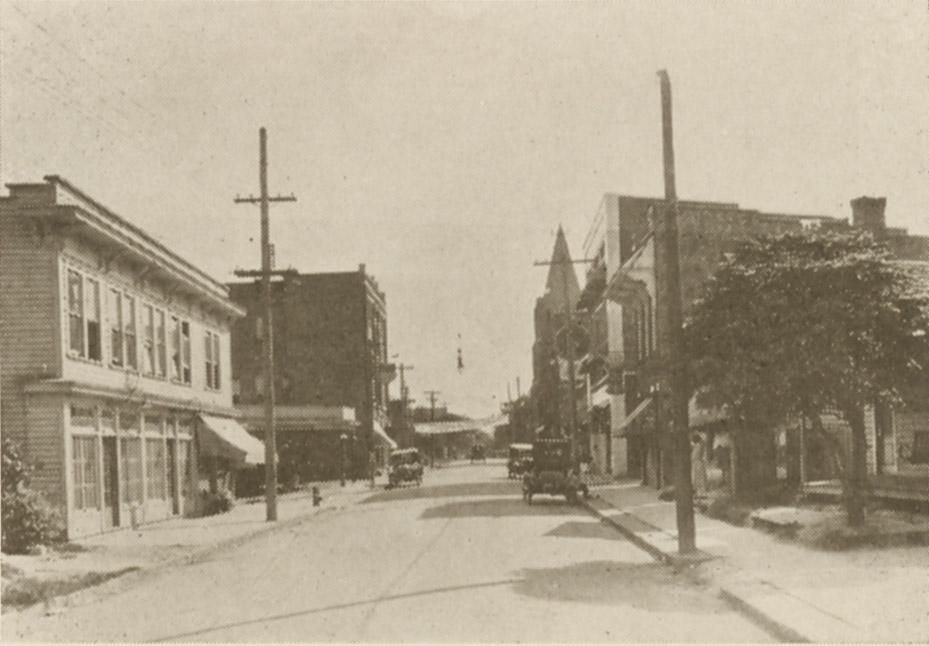
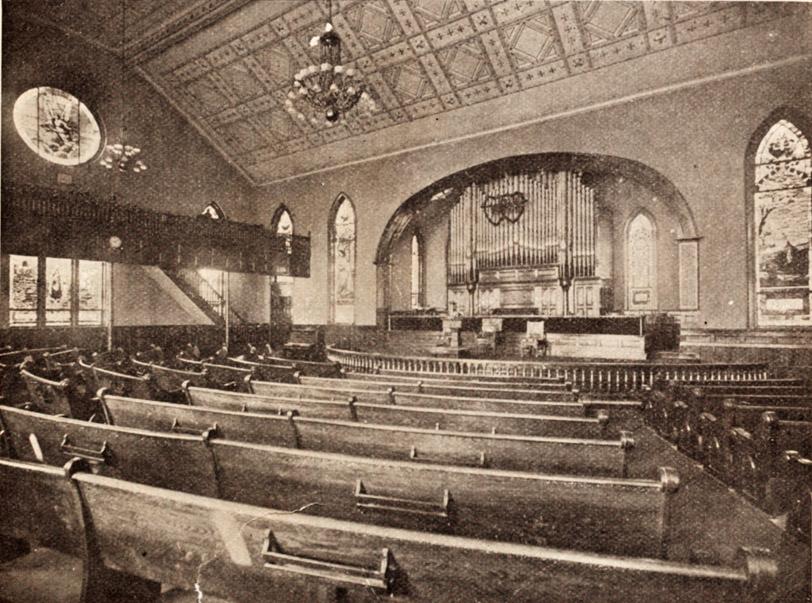
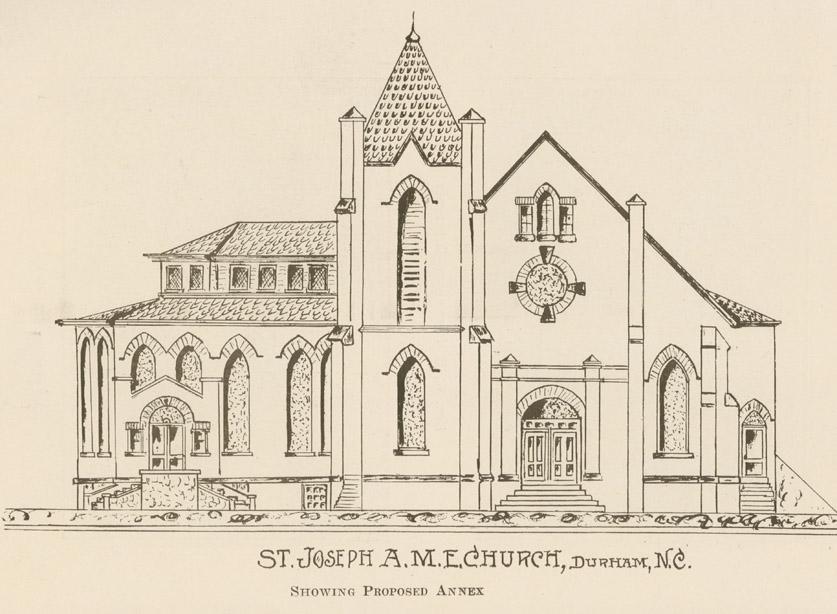
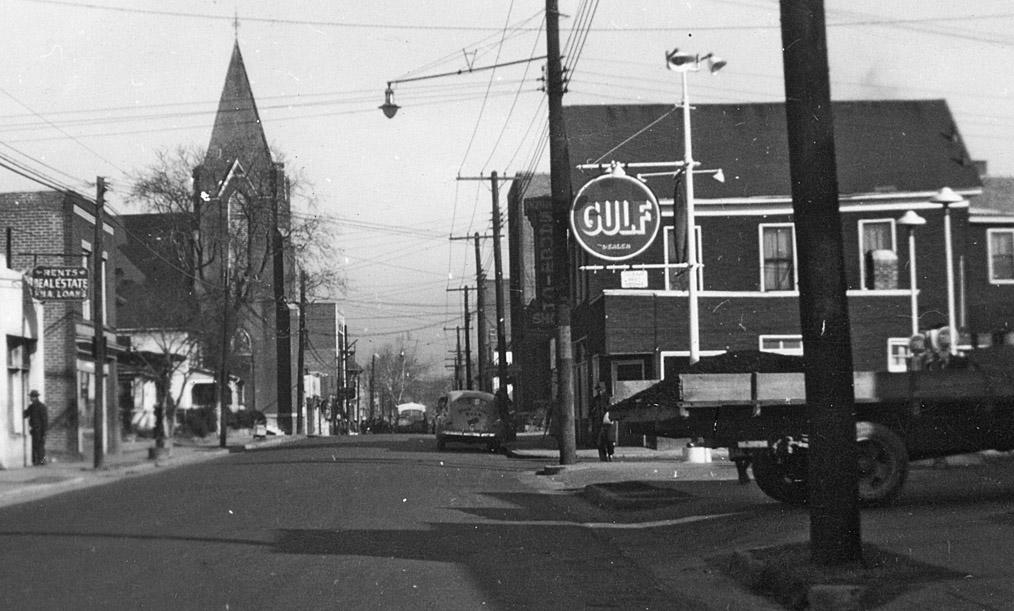
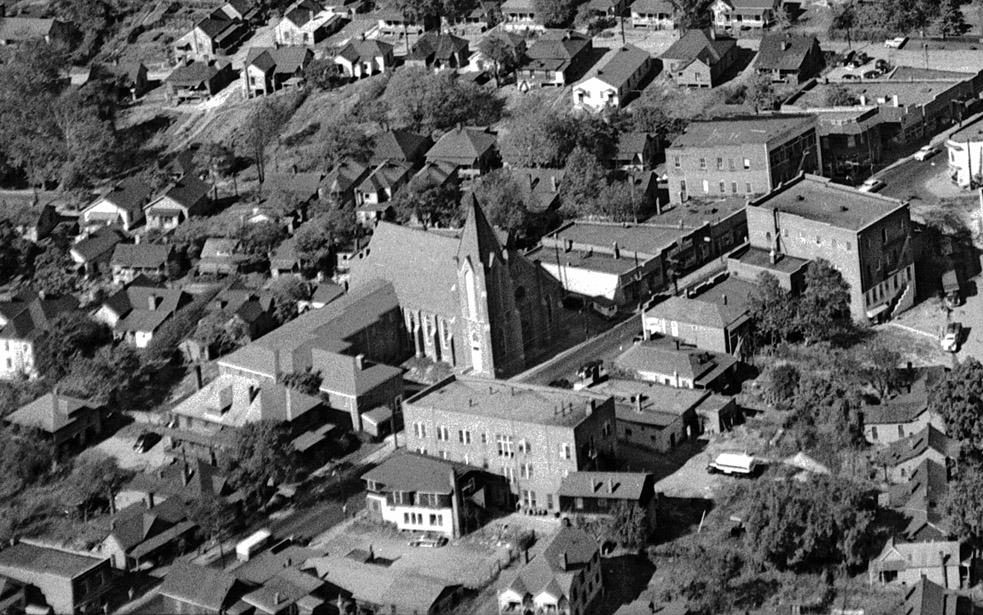
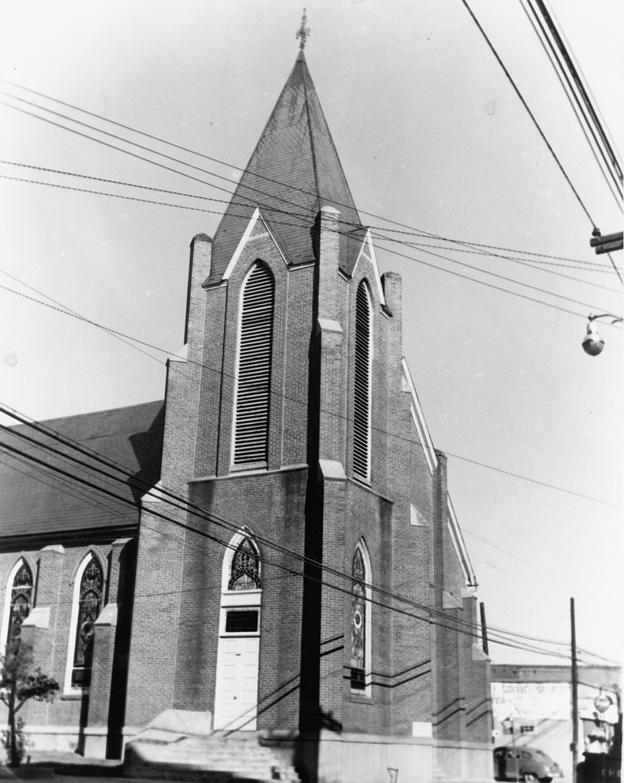
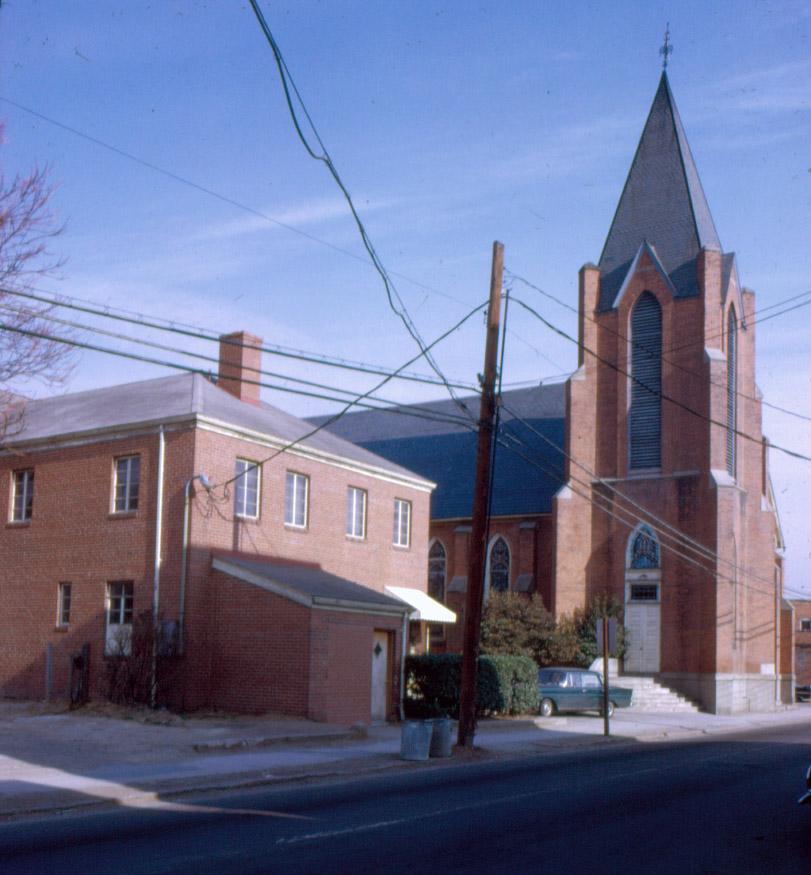
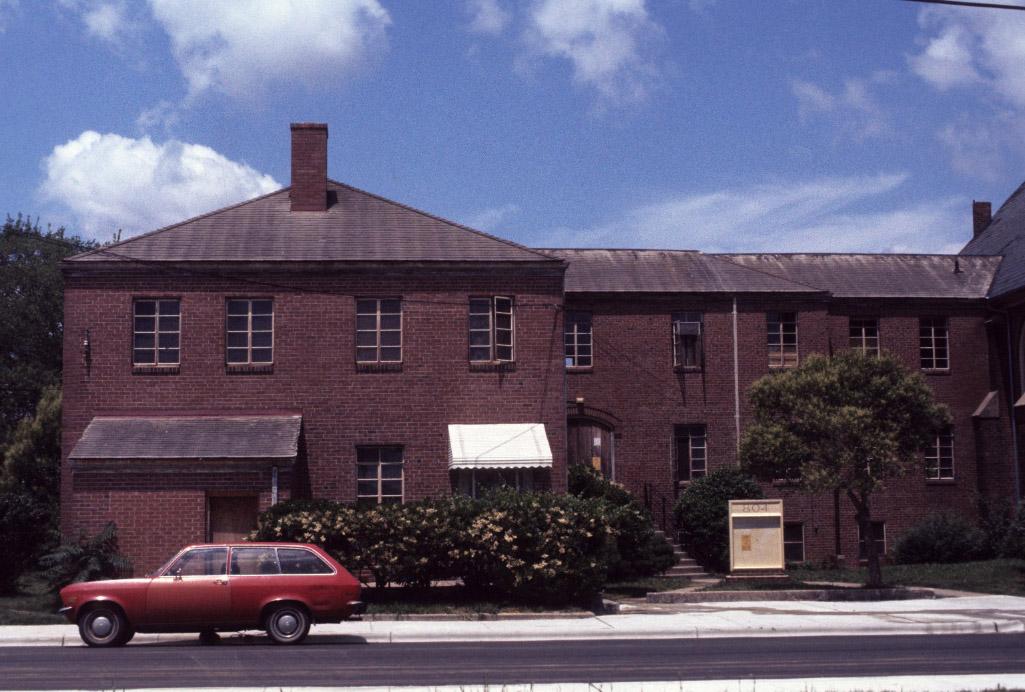
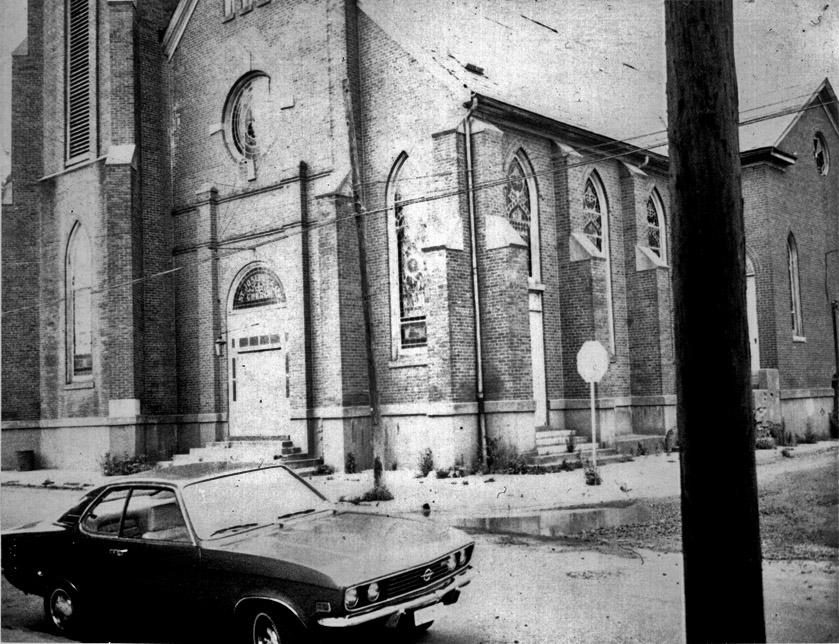
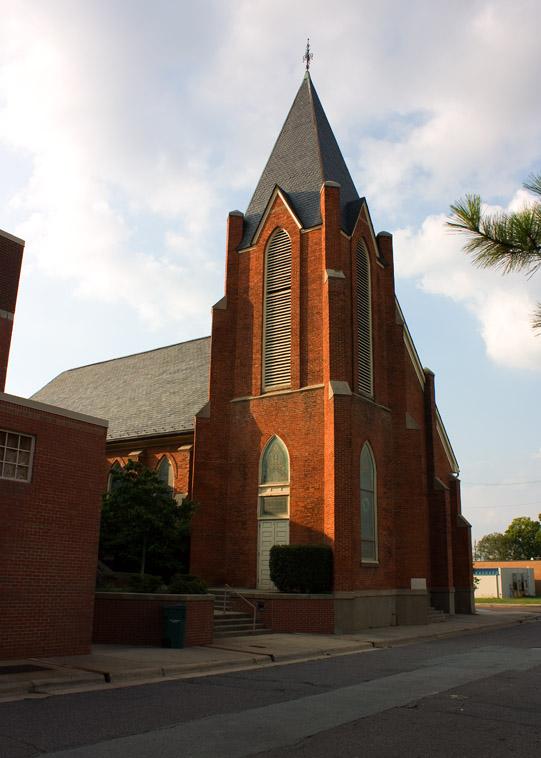
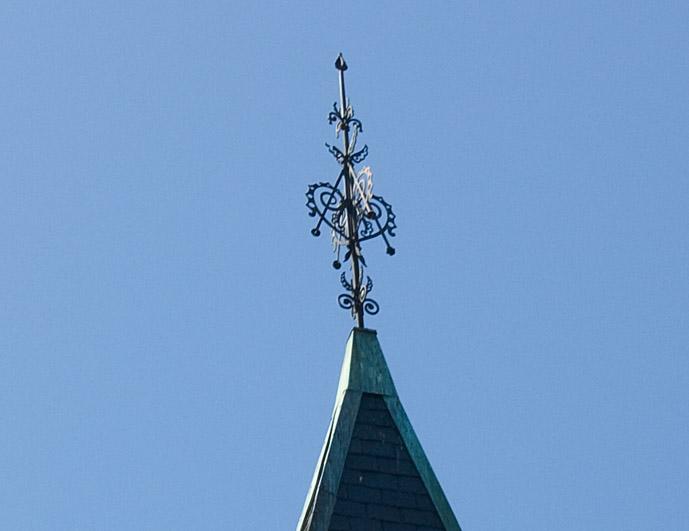
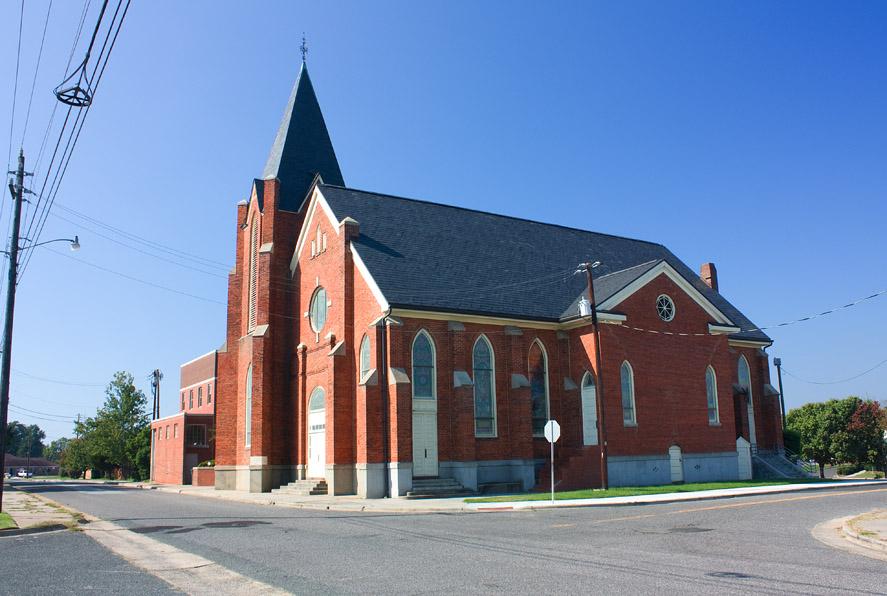
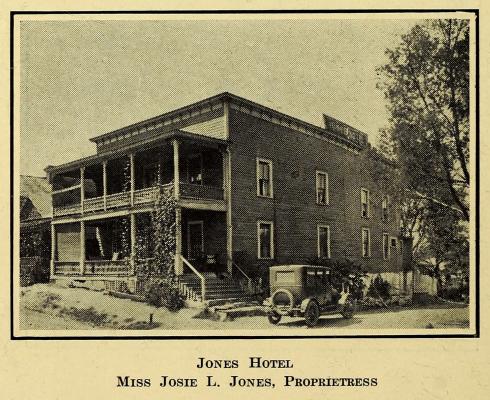
Comments
Submitted by John (not verified) on Mon, 11/3/2008 - 2:50pm
An absolutely stunning entry, Gary. The Hayti series is nothing short of remarkable. Future generations will come back and see what you've done here. You have our gratitude.
~John
Submitted by billozgtb (not verified) on Mon, 11/3/2008 - 4:56pm
I would like to thank St.Josephs Historic Foundation and especially Rebecca Newton and Bob Parker among others for their work in keeping this landmark safe from Urban Renewal.
Submitted by Gary (not verified) on Mon, 11/3/2008 - 10:52pm
Thank you John.
GK
Submitted by John (not verified) on Sat, 2/21/2009 - 4:56pm
GK,
My 10 year-old son is in a play this spring about Hayti. As part of their preparations, his teacher asked the students to do some online research about Hayti.
My son told me over waffles this morning that he found something called Endangered Durham -- and asked if I had ever heard of it. :)
Said he learned a whole bunch about Hayti there.
So, we're off to Hayti to get books at Sanford Warren and walk up past St Joseph's to see the east-west expressway...
See, future generations are already using Endangered Durham.
~John
Add new comment
Log in or register to post comments.